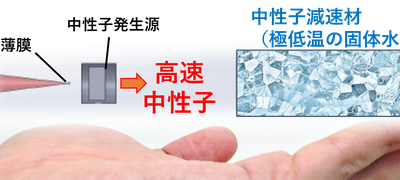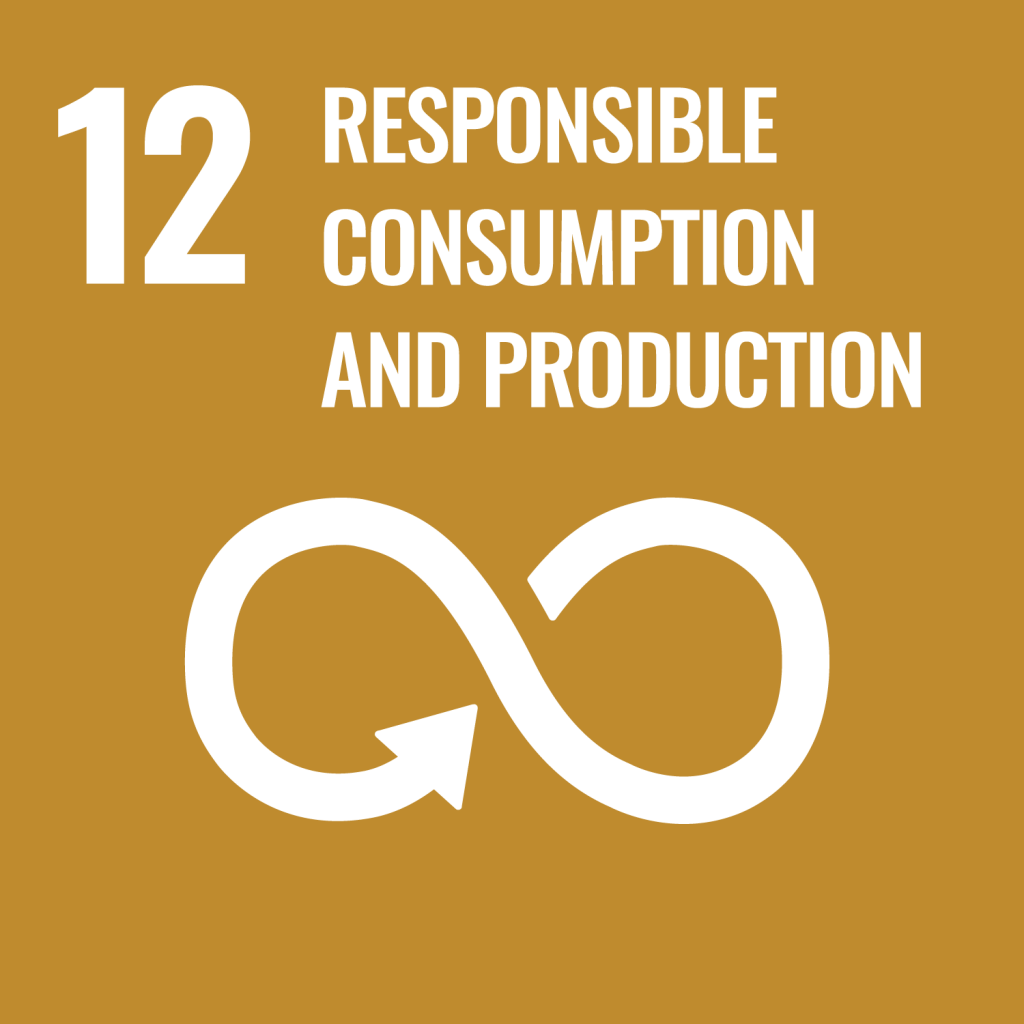
Palm-sized cold neutron source: Lightest element’s information can be obtained using short pulse lasers
A group of researchers from the Institute of Laser Engineering (ILE) of Osaka University, the National Institute for Fusion Science, The Graduate School for the Creation of New Photonics Industries (GPI), The Queen's University Belfast (UK), Rutherford Appleton Laboratory (UK), and Imperial College London (UK) has generated cold neutrons, or low-energy neutrons.
Cold neutrons act like both particles and waves and are more penetrating than X-ray, so they can be used to get information about a deep site where X-rays cannot penetrate and measure lightest elements such as hydrogen. Since a cold neutron has a wave of less than 1 nanometer (one billionth of a meter), it is possible to investigate the short-range structure of materials using a total neutron scattering technique.
In addition, a neutron has the same mass of a hydrogen atom and causes reflection and refraction on the surface of matter, just like light. With neutron reflectivity, or a neutron diffraction technique, it is possible to measure the neutron scattering length density profile perpendicular to the plane of a surface or an interface. Thus, by measuring the intensity of reflected radiation, the shape of the reflectivity profile provides detailed information about the structure of the surface.
So far, in Japan, cold neutrons were only produced at a nuclear reactor and accelerator at the Japan Atomic Energy Agency (JAEA) and the Japan Proton Accelerator Research Complex (J-PARC). However, in this study, the group of researchers realized a table-top cold neutron source.
At the Institute of Laser Engineering (ILE) of Osaka University, under the Project LANS (LAser-driven Neutron Source), the researchers generated “neutrons” by hitting ions accelerated with high power laser onto a thin film.
Since the laser-generated neutron’s time duration is short (about one over 10 billionths second), it is possible to measure proteins that transport a particular class of molecule, such as hydrogen ions.
In this study, the researchers produced a cold neutron source by an ultra-intense short-pulsed laser at cryogenic temperature (-262°C). After the 2011 Great East Japan Earthquake, it has become difficult to build new nuclear reactors facilities. If it is possible to produce cold neutrons using laser-driven neutron sources technique, neutron source devices will be installed even at company research institutes.
Figure 1
Figure 2
Figure 3
The article " Proof‐of‐principle experiment for laser‐driven cold neutron source," was published in Scientific Reports at DOI: https://www.nature.com/articles/s41598-020-77086-y.




